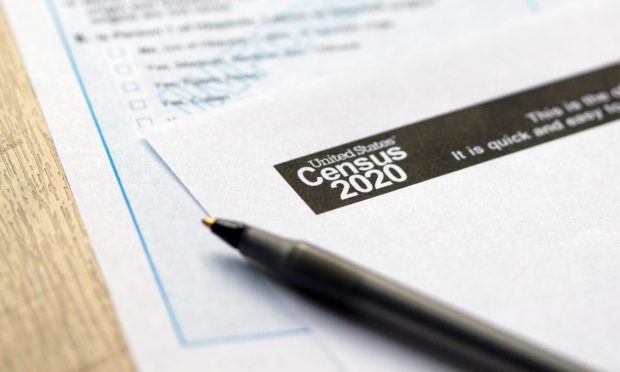Census 2020: Stimulus Checks Offset Increase in US Poverty

The number of people living in poverty in the U.S. increased in 2020 as the COVID-19 pandemic gripped the world, but the level was offset by government stimulus aid, the Census Bureau reported on Tuesday (Sept 14). The U.S. defines poverty as an annual income of $26,200 for a family of four.
The $1,200 stimulus payments during the pandemic given to low-and middle-class households lifted some 11.7 million people out of poverty, according to the Supplemental Poverty Measure (SPM), which extends the official poverty analysis by taking account of government programs designed to assist low-income families and individuals not included in official poverty measures.
See also: Data Shows Lower-Income COVID-19 Aid Recipients Quickly Spend The Funds
Poverty was officially up 1%, with 11.4% of the population living in poverty, the first increase in five years. After stimulus assistance was factored into the equation, the SPM measure of the number of people living in poverty actually declined to 9.1% in 2020 from 11.8% in 2019.
People lifted out of poverty due to stimulus payments included 3.2 million children, 6.4 million adults between 18 and 64, and 2.1 million people over 65. The 9.1% SPM rate last year was the lowest level since estimates were initially published for 2009.
Related: LendingClub CEO Says Breadth of Consumers Living Paycheck to Paycheck Is ‘Wake-up Call’
SPM rates were higher than official poverty rates in 11 states plus the District of Columbia. There were 30 states with lower rates, and 9 states that had statistically insignificant numbers. Social Security continues to be the single most significant anti-poverty program in the U.S., aiding 26.5 million people out of poverty.
Median household income dropped 2.9% last year to $67,521 from the 2019 level of $69,560, the first decline since 2011.
The report also showed that more people went without health insurance last year, reaching 28 million from 26.1 million in 2019, marking the fourth consecutive year the uninsured population grew.